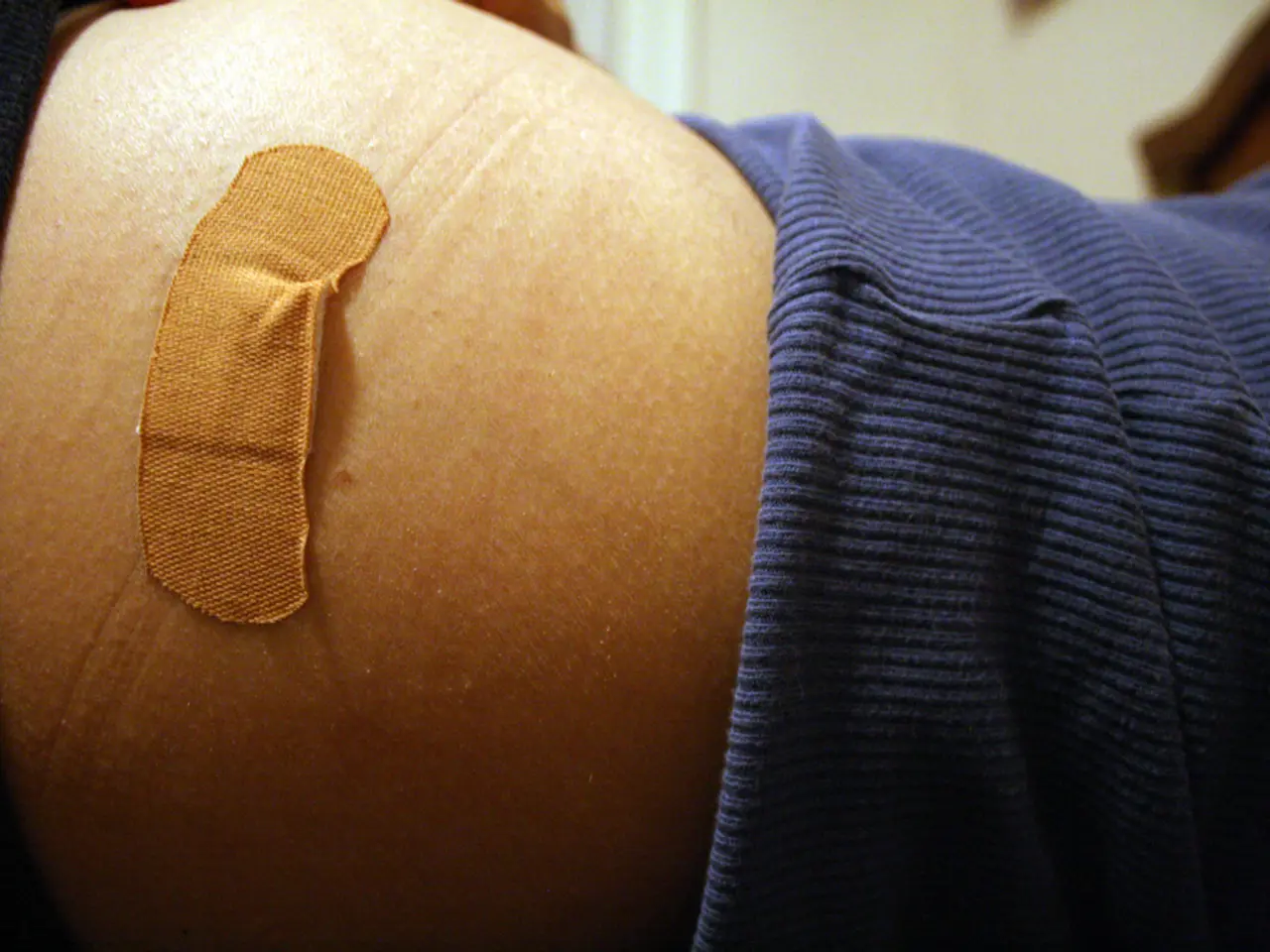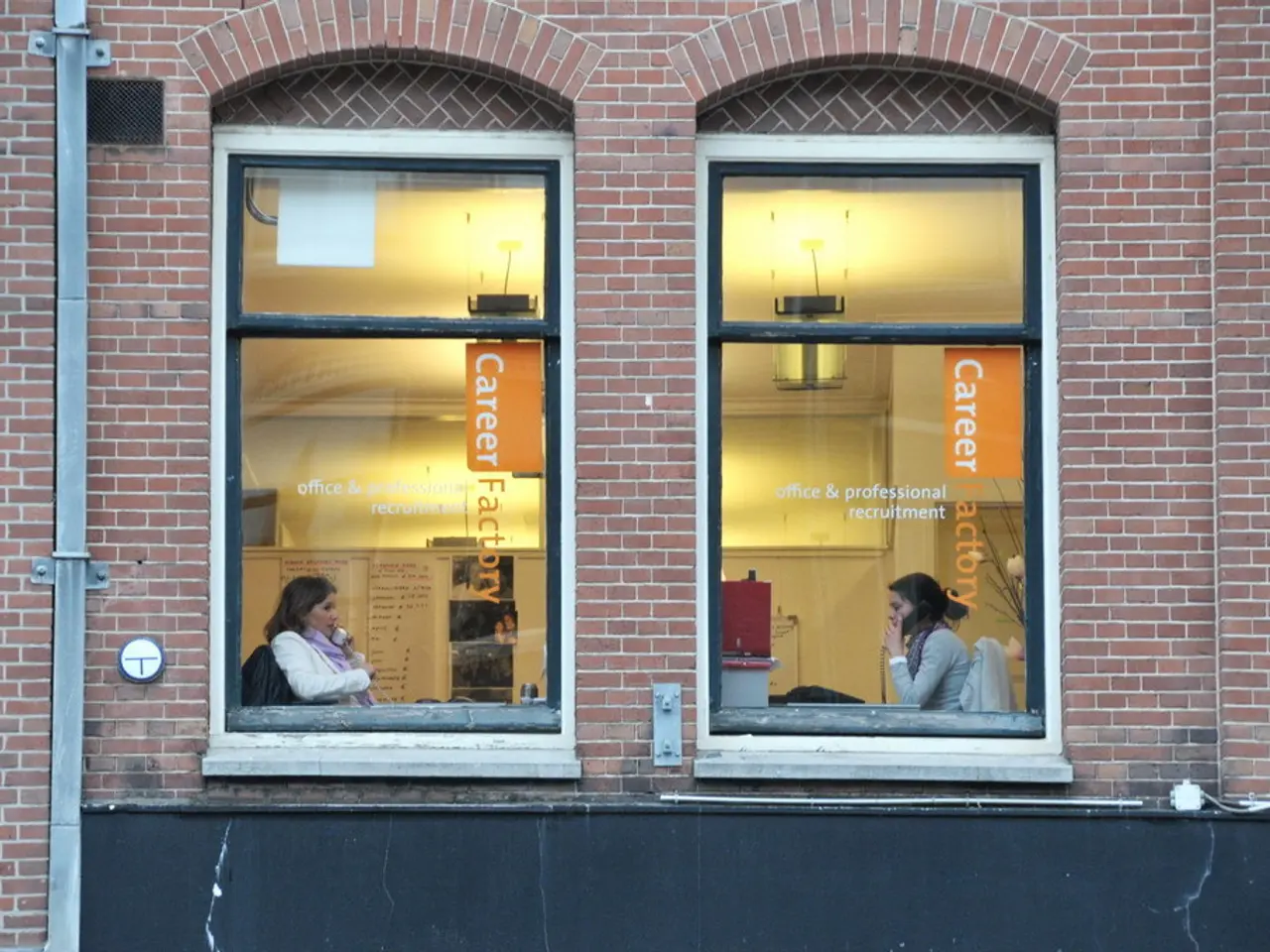Post-Microblading Care: Guidelines and Healing Timeline
Microblading, a form of cosmetic tattooing, has become increasingly popular for enhancing the appearance of eyebrows. The Society of Permanent Cosmetic Professionals (SPCP) considers it a form of cosmetic tattooing, and it involves making tiny cuts in the skin and inserting pigment to sculpt eyebrows.
To ensure a smooth healing process and avoid complications, it's crucial to follow the recommended aftercare steps.
1. Maintain Cleanliness: Always wash your hands thoroughly with antibacterial soap before touching your eyebrows to avoid introducing bacteria.
2. Limit Water Exposure: Avoid letting water directly touch the treated area for at least 24 to 48 hours after the procedure. After this, gently wash the eyebrows twice daily with a sanitized, damp cloth and only use distilled or filtered water; this should continue for about 6 days.
3. Let Brows Breathe: After the initial 24 hours, let the brows breathe by avoiding heavy ointments or creams. Apply only a very thin layer of recommended healing ointment after washing to keep the skin hydrated without suffocating it.
4. Avoid Makeup and Skincare Products: Do not apply makeup, lotions, or any skincare products (especially those containing retinol, AHA, glycolic acid, or salicylic acid) on or near the treated area for at least 7 to 14 days.
5. Hands Off: Do not pick, scratch, or peel any scabs or flakes that form. Let them exfoliate naturally to avoid reopening wounds, scarring, and patchy pigment.
6. Protect from Water During Shower: Avoid direct water spray, steam, or prolonged moisture exposure in the shower to prevent pigment fading and infection risk.
7. Limit Physical Activities: Activities that cause sweating can interfere with pigment retention and healing, so these should be limited during the initial healing period.
8. Avoid Sun Exposure: After healing, protect your brows from direct sunlight by using SPF to maintain pigment and prevent fading or color changes.
9. Avoid Blood Thinners and Substances That Affect Healing: Stop taking blood-thinning medications and supplements (e.g., aspirin, fish oil, vitamin E), and avoid caffeine, alcohol, and nicotine for at least a week before and several weeks after the procedure to promote better healing.
10. Allow Full Healing Time: Healing takes about 4 weeks; during this period, avoid contamination, sweat, dirt, and picking at the eyebrows to ensure a smooth process and optimal results.
Following these steps carefully will help avoid complications such as infection, scarring, uneven pigment retention, and prolonged redness or irritation. If any unusual symptoms like extreme redness, swelling, or signs of infection develop, it is important to consult the microblading artist or a healthcare professional promptly.
In summary, key precautions during healing are to maintain cleanliness, avoid moisture and irritants, protect the area from sun and trauma, and allow natural healing without interference. This approach promotes safe healing and preserves the appearance and longevity of microbladed eyebrows.
When choosing a salon for microblading, it's essential to research carefully before booking an appointment. Ensure that the technicians meet any local requirements for licensing or certification. Additionally, it's important to note that it's not closely monitored who produces the dyes used in microblading.
After microblading, it's important to avoid applying makeup, creams, or ointments on the eyebrows. To wash the face safely, use a damp sponge or washcloth with mild soap and warm water, and avoid touching the brows. When technicians perform the procedure in hygienic conditions, infections are rare, but a person must also follow aftercare instructions carefully to avoid transmitting bacteria from the hands into the tattooed skin.
Following home care instructions should prevent the need for a visit to the doctor. However, if symptoms of an infection, such as redness, worsening pain, itchy, painful red bumps forming within the tattoo, fever, chills, pus, open sores, develop, it is crucial to seek medical attention promptly.
- Other medical procedures, such as dermatology therapies and treatments, may require similar aftercare for optimal healing.
- Health systems can benefit from integrating science-backed skin-care guidelines into their health-and-wellness programs to improve patient recovery.
- Nutrition plays a crucial role in boosting the immune system, aiding in quicker healing, and reducing the risk of complications after microblading.
- The health system should consider offering other non-invasive therapies-and-treatments like microblading as part of their comprehensive health-and-wellness services.




